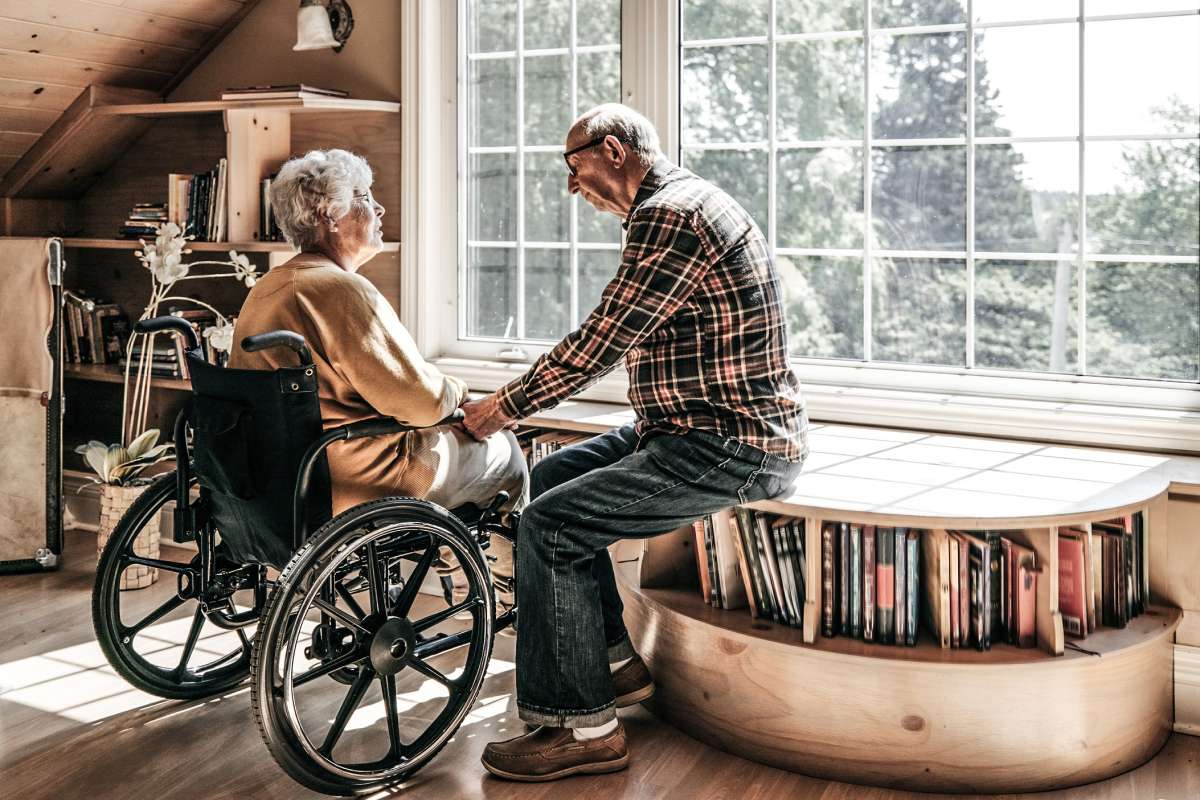I have had personal experience with hospice when my grandfather passed away while I was in college. His death was very difficult for our family because he spent less than 24 hours in hospice care before he died. Looking back, I realize that his chronic conditions might have qualified him for palliative care that could have offered him support earlier.
Three years later, when my grandmother’s health began to decline, we had a much better understanding of the hospice system and how it could help her. This knowledge allowed us to keep her at home for several weeks, surrounded by her loved ones and in comfort. Even now, years later, we often think about the lasting trauma of my grandfather’s passing and how it stands in contrast to the more cherished memories we hold of my grandmother.
Having the knowledge on the types of end-of-life care can provide relief knowing that your loved one is getting the support they need during their final days. Let’s dive into the different types of care and find the truth behind many of the common myths surrounding hospice and palliative care.
What is palliative care?
Palliative care is about improving the quality of life for those with long-term or worsening illnesses. It can help at any point during the illness, from when someone is first diagnosed to when the illness becomes more serious. Palliative care can also be given along with treatments that aim to cure the illness, and there is no life expectancy requirement for accessing these services. The care is provided alongside the patient’s primary doctor and their specialists.
What is hospice care?
Hospice care is for those in the final stages of their illness who are expected to live six months or less. Unlike palliative care, which can be given at any stage of an illness, hospice care focuses solely on comfort rather than curing the disease. The main goal of hospice care is to help people live their final days free from pain and discomfort while also providing support to their families. A team of doctors, nurses, social workers and chaplains specializing in hospice care will work together to care for patients as they near the end of life.
How can my primary care provider help?
When we started learning about all the services available for patients and families in situations like ours, I realized how important primary care doctors are in the hospice and palliative care journey. If we had asked a primary care doctor about these services for my grandfather sooner, it might have made a big difference in the time we had left with him. Primary care doctors see their patients regularly and know them well, including what matters to them. Because they’ve built a strong relationship with their patients, it’s easier for them to bring up tough topics like end-of-life care, and patients feel more comfortable talking to someone they trust.
Myths about hospice and palliative care:
Clearing up myths about hospice and palliative care is important because these are often the reasons why people hesitate to use these valuable services.
Myth #1: “Hospice means you’re giving up.”
The idea that choosing hospice care means you’re “giving up” isn’t true. Hospice is about focusing on comfort and quality of life when treatments to cure the illness aren’t working or aren’t wanted anymore. It’s not about giving up; it’s about making the most of the time that’s left. Hospice helps people spend their remaining days in a meaningful way, usually with family and friends, and without unnecessary pain.
Myth #2: “Insurance won’t pay for hospice or palliative care.”
The statement that insurance won’t cover hospice or palliative care isn’t true. Most insurance plans, including Medicare and Medicaid, do cover these services.
Myth #3: “Hospice kills with morphine.”
In hospice, morphine may be used to help patients feel less pain and breathe easier during their final days. The amount given is carefully controlled to make sure it only helps with comfort and does not cause harm.
Myth #4: “Palliative care is only for cancer.”
Palliative care is for anyone with a serious illness, not just cancer patients. It is available for those with a wide range of conditions, including heart and lung disease, neurological conditions, kidney failure and more. Any patient facing serious health challenges can benefit from the symptom management and supportive care that can be provided by palliative care.
Myth #5: “Hospice and palliative services are only for elderly patients.”
Both hospice and palliative services are available for people of all ages, including infants, children, adolescents and adults.
In conclusion
Hospice and palliative care are medical services focused on providing comfort and support to those with limiting illnesses. While people often think they’re the same, they serve different purposes when it comes to caring for patients dealing with health challenges. If you or a loved one are dealing with a serious medical condition or reaching the end of life and want to know whether you qualify for hospice or palliative care, please visit Northeast Georgia Health System’s hospice or in-home palliative care websites or speak with your primary care doctor for more information. If you don’t have a primary care doctor, Northeast Georgia Physicians Group has many doctors to fit your needs.
Did you know that you can also give a Love Light in honor of a loved one and benefit Hospice of NGMC? Learn more by visiting nghs.com/love-light.


